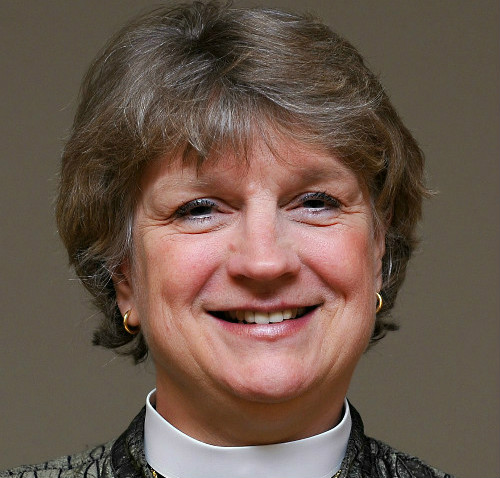
By Bishop Ann Svennungsen
Where I grew up, we had a festive pie reception after our Maundy Thursday worship. Homemade pies from every kitchen were brought to St. Luke’s and shared with the congregants. Yes, we did the stripping of the altar, symbolizing the abandonment of Jesus and his stripping before the crucifixion. Yes, we left in silence. Then, we had pie and coffee.
You might guess that we never talked about the Triduum at St. Luke’s Lutheran in Shelby, Montana. I’m not sure I truly heard about it until Erik Strand – one of my best worship “professors” – coached me in my second call as a pastor. In the congregation Erik and I served, we even went so far as printing one bulletin for The Great Three Days – inviting worshipers to enter in to the three days as one service, one deep immersion into the paschal mystery, the passing of Jesus from betrayal, death, burial, into resurrection life. A “pie reception” would have shockingly disturbed the flow of that experience.
“We live with the discomfort of the tension – sometimes leaning to one side, sometimes the other.”
In his book, Between Cross and Resurrection, Alan Lewis writes of the profound importance of holding these three days together:
In summary, the complex, multiple meaning of the (paschal) story will only emerge as we hold in tension what the cross says on its own, what the resurrection says on its own, and what each of them says when interpreted in the light of the other. It would not be impossible to graph the entire history of church doctrine and life by plotting the interpretations which have failed to give due weight to one or the other of these essentials in the story by which and for which the Christian community lives. We might discover that the second day, which serves both to keep the first and the third days apart in their separate identities and to unite them in their indivisibility, offers a useful stance from which to make one more effort at a properly multivocal, stereophonic hearing of the gospel story. (emphasis mine).
HOLDING IN TENSION the cross and resurrection, by definition, means we can’t resolve the discomfort. The tension in a game of tug of war is only resolved if one side wins. And, holding that rope in perfect and endless equilibrium is impossible. So, we live with the discomfort of the tension – sometimes leaning to one side, sometimes the other. The tension must remain.
Douglas John Hall speaks to this tension: “Gospel … is good news because it engages, takes on and does battle with the bad news, offering another alternative, another vision of what could be, another way into the future.”
“In the resurrection witness, suffering is accompanied and challenged by a hope.”
The hope we have in Christ’s resurrection doesn’t just whisk away all the problems we have, all the suffering we face. Good Friday and Holy Saturday remain. We know they are still there. But, somehow, in the resurrection witness, suffering is accompanied and challenged by a hope – a vision of “what could be another way into the future.”
We hold all preachers, worship leaders, musicians, artists, and participants in prayer as we enter together the great mystery of the Christian faith.

